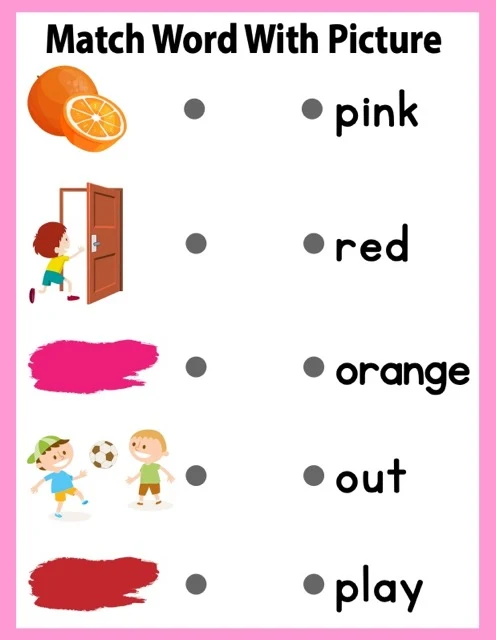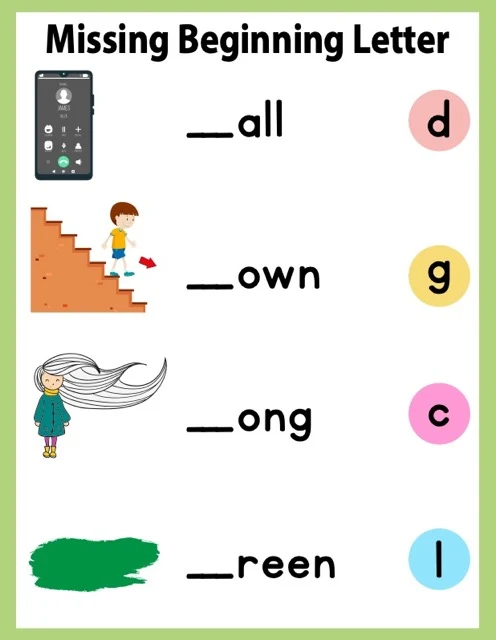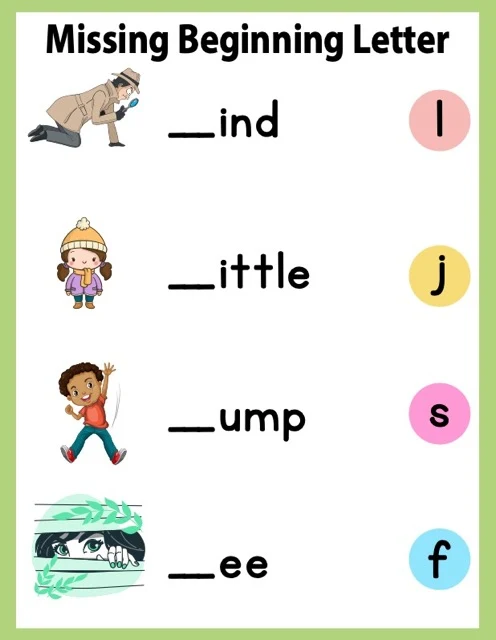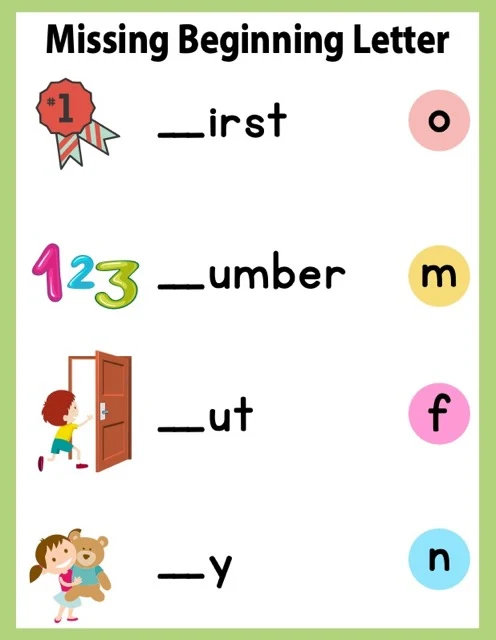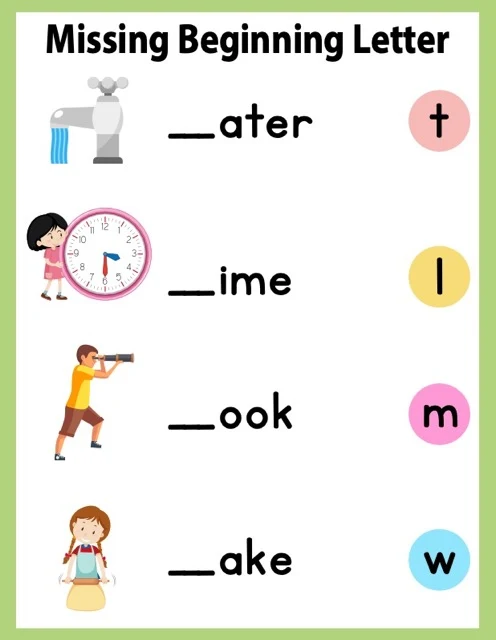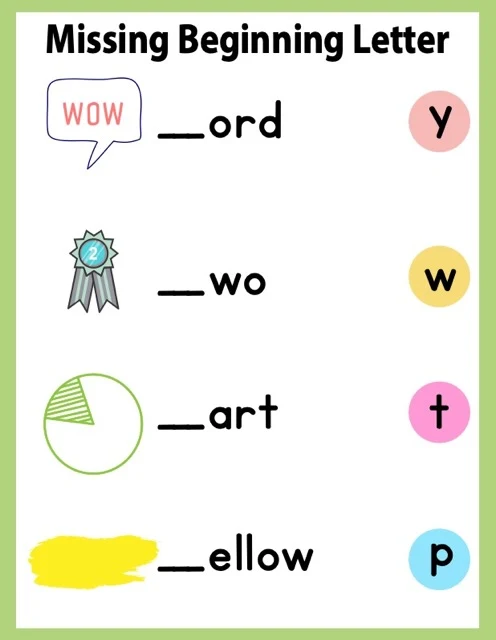Boosting Reading Skills Through Word Recognition
Three resources—a worksheet, study guide, and parent/educator guide—collectively stress the importance of word recognition in reading development. Strong word recognition skills enable fluent reading and comprehension by freeing up cognitive resources. The guides suggest various activities, such as matching words to pictures and word games, to enhance these skills. Support for struggling readers, including collaboration with educators, is also highlighted. Ultimately, the materials aim to improve children's reading abilities by focusing on this foundational skill.Word Recognition: A Comprehensive Guide
Briefing Doc: Word Recognition
Main Themes: This briefing doc summarizes information from three sources focused on word recognition: a worksheet ("Testing Theme: Word Recognition"), a study guide ("Word Recognition Study Guide"), and a parent/educator guide ("Word Recognition: A Guide for Parents and Educators"). The key theme across all sources is the critical role word recognition plays in reading development, particularly reading fluency and comprehension.
Key Ideas and Facts:
●
Definition: Word recognition is "the ability to quickly and accurately identify and read words" (Word Recognition Study Guide Glossary).
●
Importance: Strong word recognition skills free up cognitive resources, allowing readers to focus on meaning and enjoyment instead of decoding individual words (Word Recognition Study Guide). This directly impacts reading fluency and comprehension, ultimately leading to a more positive reading experience.
●
Signs of Struggle: Difficulty with word recognition can manifest in slow, halting reading; frequent guessing; skipping unfamiliar words; and difficulty understanding the text (Word Recognition: A Guide for Parents and Educators).
●
Activities for Development: Multiple activities can support word recognition development. These include:
○
Matching words with pictures: This builds a visual connection between the written word and its meaning (Word Recognition Study Guide).
○
Identifying words in context: Pointing out words in books, signs, and environmental print reinforces word recognition in real-world scenarios (Word Recognition: A Guide for Parents and Educators).
○
Word games: Engaging activities like bingo and word searches provide fun ways to practice word recognition (Word Recognition Study Guide).
○
High-frequency word focus: Mastering common words significantly improves reading fluency and comprehension (Word Recognition Study Guide).
○
"Missing letter" activities: These strengthen phonemic awareness by requiring children to consider individual sounds within a word, supporting both decoding and spelling (Word Recognition: A Guide for Parents and Educators).
●
Differentiation: Word recognition activities can be adapted for different skill levels. For example, beginners can match simple words to pictures, while advanced learners can tackle missing letters in complex words (Word Recognition Study Guide).
●
Collaboration: If a child struggles with word recognition, collaboration with their teacher or a reading specialist is crucial. These professionals can assess reading level and recommend strategies or interventions (Word Recognition: A Guide for Parents and Educators).
Quotes:
●
"Word recognition is crucial for reading development because it allows readers to focus on understanding the meaning of the text instead of struggling to decode individual words." (Word Recognition Study Guide)
●
"Strong word recognition skills free up cognitive resources for readers to focus on the meaning and enjoyment of the text." (Word Recognition Study Guide)
●
"Missing letter activities ask children to fill in the blank with the missing letter in a word. This helps them focus on the individual letter sounds within a word, promoting phonemic awareness and spelling skills." (Word Recognition: A Guide for Parents and Educators)
Conclusion: The sources emphasize the vital connection between word recognition and reading success. By understanding the importance of word recognition and utilizing various activities and support systems, parents and educators can effectively foster this crucial skill in young learners.
Word Recognition: A Guide for Parents and Educators
Word Recognition FAQ
1. What is word recognition?
Word recognition is the ability to identify and read words quickly and accurately. It's a foundational skill for reading fluency and comprehension.
2. Why is word recognition important?
Strong word recognition skills allow readers to focus on understanding the meaning of the text instead of struggling to decode individual words. This contributes to overall reading comprehension and enjoyment.
3. How can I help a child develop word recognition skills?
●
Match words with pictures: This helps children connect the written form of a word with its meaning.
●
Identify words in context: Point out words in books, signs, and environmental print.
●
Play word games: Activities like bingo, word searches, and rhyming games can be fun and engaging ways to practice word recognition.
●
Focus on high-frequency words: Help children learn to recognize common words that appear frequently in text.
4. What are some examples of word recognition activities?
●
Matching words to pictures
●
Identifying missing letters in words
●
Circling words in a word search
●
Reading simple sentences with familiar words
5. How can I tell if a child is struggling with word recognition?
●
Reading very slowly and haltingly
●
Frequently guessing at words
●
Skipping over unfamiliar words
●
Having difficulty understanding what they read
6. What are missing letter activities, and how do they help?
Missing letter activities ask children to fill in the blank with the missing letter in a word. This helps them focus on the individual letter sounds within a word, promoting phonemic awareness and spelling skills.
7. Are there different levels of word recognition difficulty?
Yes, word recognition activities can be adapted to different skill levels. Activities can progress from matching simple words to pictures to identifying missing letters in more complex words.
8. What should I do if I'm concerned about a child's word recognition skills?
Talk to their teacher or a reading specialist. They can assess the child's reading level and recommend strategies or interventions to help them develop their word recognition skills.
Word Recognition Study Guide
Word Recognition Study Guide
Short-Answer Questions
Instructions: Answer the following questions in 2-3 sentences each.
1.
What is word recognition, and why is it crucial for reading development?
2.
Explain how matching words with pictures contributes to a child's word recognition skills.
3.
Describe two word games that can help children enhance their word recognition abilities.
4.
What are high-frequency words, and why should educators focus on them during word recognition instruction?
5.
List three signs that a child might be struggling with word recognition.
6.
How do "missing letter" activities strengthen a child's phonemic awareness and spelling skills?
7.
Provide an example of how word recognition activities can be adapted to different skill levels.
8.
If you are concerned about a child's word recognition difficulties, what steps should you take?
9.
In addition to matching words with pictures, name another activity mentioned in the source material that supports word recognition development.
10.
Explain the connection between word recognition skills and a reader's ability to enjoy reading.
Short-Answer Key
1.
Word recognition is the ability to quickly and accurately identify and read words. It is crucial for reading development because it allows readers to focus on understanding the meaning of the text instead of struggling to decode individual words, contributing to overall reading comprehension and fluency.
2.
Matching words with pictures helps children connect the written form of a word with its meaning. This visual association strengthens their understanding of the word and makes it easier for them to recognize it in other contexts.
3.
Word games like bingo and word searches can help children enhance their word recognition abilities. Bingo encourages quick word recognition to match words on their card, while word searches require scanning and identifying words within a grid, reinforcing visual recognition.
4.
High-frequency words are common words that appear frequently in texts. Educators should focus on them because mastering these words enables children to read more fluently and comprehend texts more easily.
5.
Three signs that a child might be struggling with word recognition include reading very slowly and haltingly, frequently guessing at words, and skipping over unfamiliar words. These behaviors suggest difficulty decoding words accurately and efficiently.
6.
"Missing letter" activities strengthen phonemic awareness by requiring children to consider the individual sounds that make up a word. By filling in the missing letter, they practice segmenting and blending sounds, which also supports spelling skills.
7.
Word recognition activities can be adapted to different skill levels. For beginners, matching simple words to pictures can be helpful. For more advanced learners, identifying missing letters in complex words provides a greater challenge.
8.
If concerned about a child's word recognition difficulties, talk to their teacher or a reading specialist. They can assess the child's reading level and recommend strategies or interventions to help develop word recognition skills.
9.
In addition to matching words with pictures, identifying words in context (e.g., pointing out words in books, signs, and environmental print) supports word recognition development.
10.
Strong word recognition skills free up cognitive resources for readers to focus on the meaning and enjoyment of the text. When children can decode words effortlessly, they are more likely to engage with the story and find reading pleasurable.
Essay Questions
1.
Discuss the importance of word recognition as a foundational skill for reading fluency and comprehension.
2.
Analyze the benefits and limitations of various word recognition activities, such as matching words to pictures, identifying missing letters, and playing word games.
3.
Explain how educators can differentiate word recognition instruction to meet the diverse needs of learners in the classroom.
4.
Describe the connection between word recognition, phonemic awareness, and spelling development.
5.
Evaluate the role of parental involvement in fostering a child's word recognition skills, providing specific examples of at-home activities.
Glossary of Key Terms
●
Word Recognition: The ability to identify and read words quickly and accurately.
●
Reading Fluency: The ability to read text accurately, smoothly, and with appropriate expression.
●
Reading Comprehension: The ability to understand and interpret the meaning of a text.
●
High-Frequency Words: Common words that appear frequently in text.
●
Phonemic Awareness: The ability to hear, identify, and manipulate the individual sounds (phonemes) in spoken words.
●
Decoding: The process of translating written words into spoken language.
●
Word Games: Activities designed to make learning about words fun and engaging, such as bingo, word searches, and rhyming games.
●
Environmental Print: Words and symbols found in everyday surroundings, such as signs, labels, and logos.
●
Reading Specialist: An educator with specialized training in reading instruction and intervention.
●
Differentiated Instruction: Tailoring instruction to meet the individual needs of each learner.
●
Intervention: Strategies or programs designed to address specific learning challenges.





